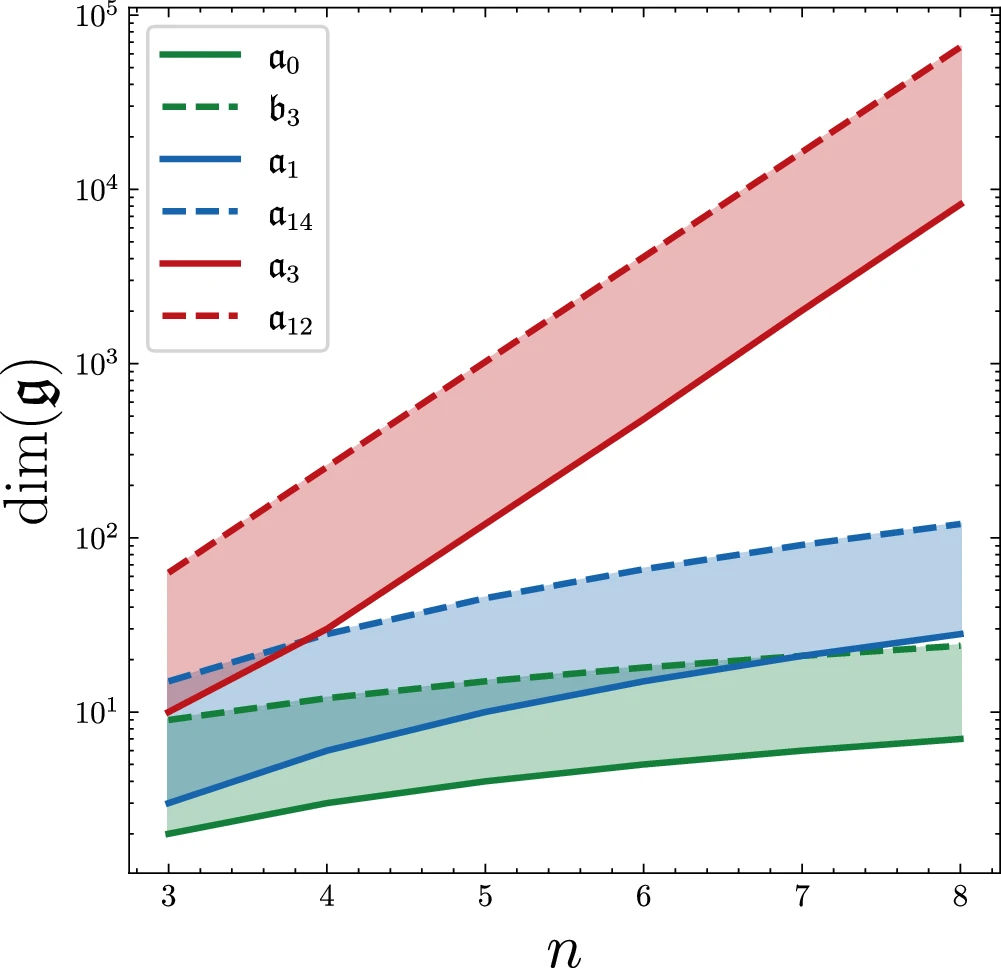A discovery that long eluded physicists has been detected in a laboratory at Princeton. A team of physicists detected superconducting currents — the flow of electrons without wasting energy — along the exterior edge of a superconducting material.
The superconductor that the researchers studied is also a topological semi-metal, a material that comes with its own unusual electronic properties. The finding suggests ways to unlock a new era of topological superconductivity that could have value for quantum computing.
Although conventional superconductors already enjoy widespread usage in magnetic resonance imaging (MRI) and long-distance transmission lines, new types of superconductivity could unleash the ability to move beyond the limitations of our familiar technologies.
Topological insulators are crystals that have an insulating interior and a conducting surface, like a brownie wrapped in tin foil. In conducting materials, electrons can hop from atom to atom, allowing electric current to flow. Insulators are materials in which the electrons are stuck and cannot move. Yet curiously, topological insulators allow the movement of electrons on their surface but not in their interior.
To explore superconductivity in topological materials, the researchers turned to a crystalline material called molybdenum ditelluride, which has topological properties and is also a superconductor once the temperature dips below a frigid 100 milliKelvin, which is -459 degrees Fahrenheit.
The team measured the superfluid current as they varied the magnetic flux and found that indeed the saw-tooth pattern was visible. In molybdenum ditelluride and other so-called Weyl semimetals, this Cooper-pairing of electrons in the bulk appears to induce a similar pairing on the edges.
The researchers noted that the reason why the edge supercurrent remains independent of the bulk supercurrent is currently not well understood. (ScitechDaily)
The finding was published in the journal Science.



